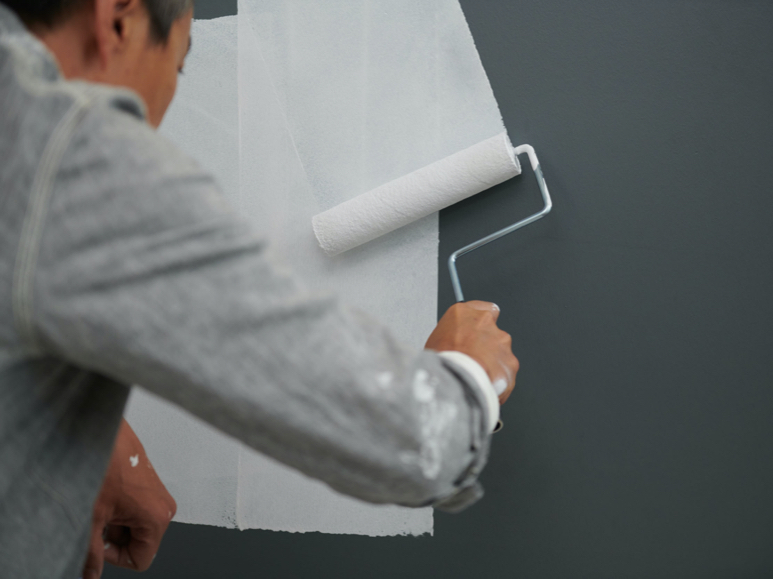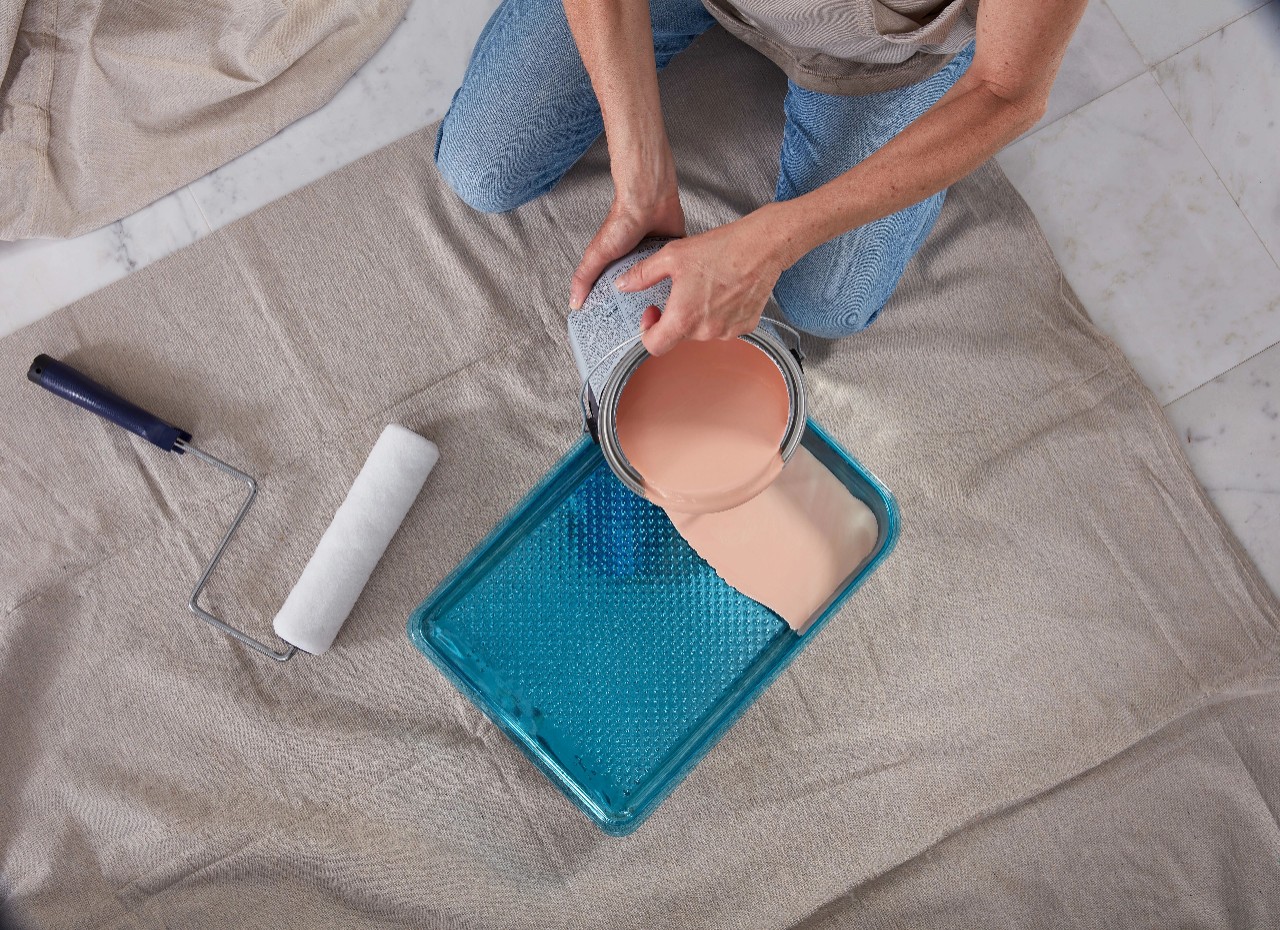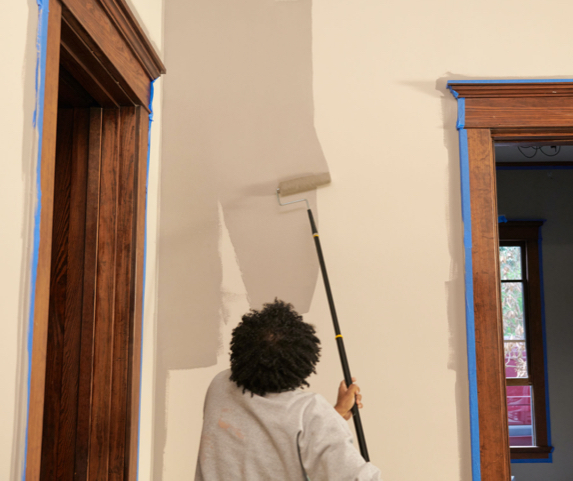Actual colour may vary from on-screen representation.
HOW TO GET THE BEST PAINT COVERAGE
Let’s be real: nobody wants to paint more coats than they have to. But what makes one paint’s coverage better than another? It mostly comes down to four key factors, and we’re here to break them down.
COLOUR
Bright reds and yellows tend to do a poorer job of hiding colours – in all types and qualities of paint. These organic pigments are naturally transparent, and the deeper bases that are used to make these colours just tend to have poor opacity. As a result, these colours tend to deliver uneven coverage. Consider using a high hiding white primer under these bright clean colours for best results.

CONTRAST
Beware of making dramatic colour changes. If the new colour is significantly different to what is currently on the surface – for instance, off white to go over a bright blue – the odds of achieving coverage in one coat will be diminished.

APPLICATION
Two factors come into play:
- First, good-quality applicators do a better job of applying paint, and more uniformly, than poor applicators. As a result, they achieve better coverage.
- Second, you should be careful not to overspread the product. It depends on surface porosity and the specific product being used, but many latex paints cover about 400 square feet per gallon. One fully-loaded roller should cover an area of about 9 square feet. Adding water to latex paint may seem to make it go further, but it really just diminishes coverage and hide, so you should avoid it

PAINT QUALITY
A good formulation makes a difference. Lighter colours from the best-quality paints will generally hide, better than similar colours of lower-quality, less expensive paints.
- You can save and get great coverage by using a paint + primer such as Valspar Signature Paint + Primer.



